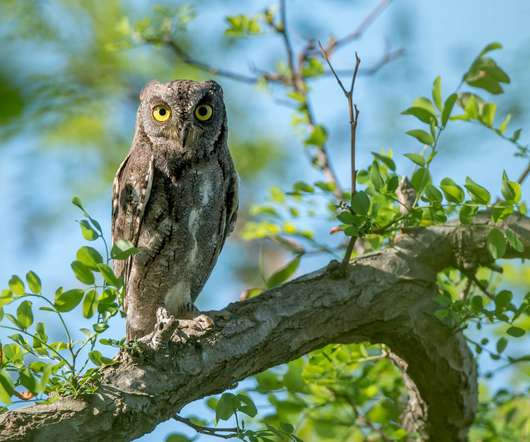Birding Nanhui, Shanghai in October 2021
10,000 Birds
NOVEMBER 1, 2021
It seems the bird I saw is a first-winter one, at least according to the HBW description: “First-winter has head white apart from dark brown mottling on crown and nape; upperwing-coverts extensively marked brown; black subterminal tail-band; dark bare parts.” See my blog post on Dulan for photos of the latter.












Let's personalize your content